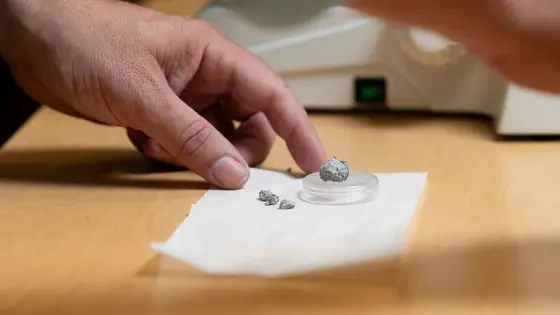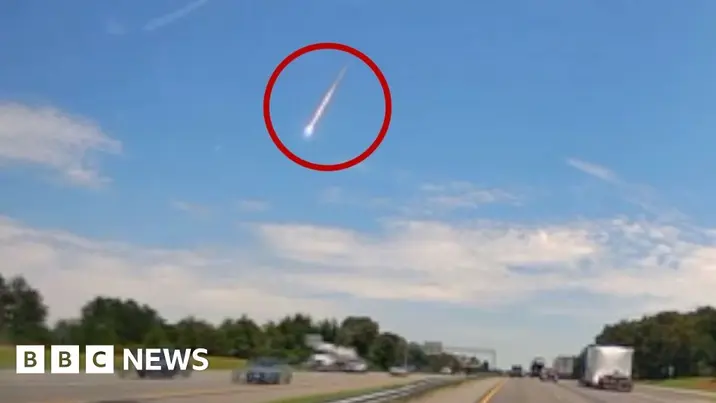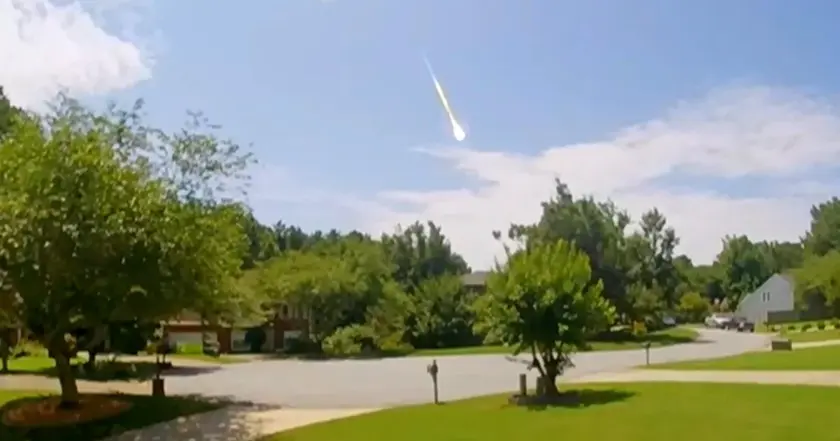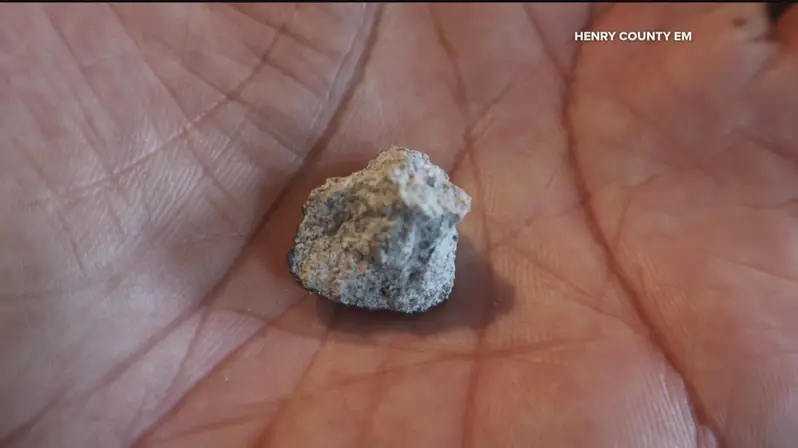T4K3.news
Georgia meteorite older than Earth identified
Scientists confirm the McDonough Meteorite is 4.56 billion years old and link it to an asteroid belt breakup.

Scientists confirm the McDonough Meteorite is 4.56 billion years old, offering clues about the solar system’s early days.
Georgia meteorite older than Earth reshapes space history
A meteorite named the McDonough Meteorite fell in June and dented a Henry County home in Georgia. Scientists from the University of Georgia analyzed 23 of the 50 grams recovered, classifying it as a Low Metal (L) ordinary Chondrite and dating it to about 4.56 billion years old. The study links the rock to a breakup of a larger asteroid in the main belt between Mars and Jupiter, with fragments later entering Earth crossing orbits.
The rock was part of a rare daytime fireball seen over the region during the Bootids meteor shower. It damaged the homeowner’s roof and floor, and dashcam footage from Lexington County captured a bright flash. The University of Georgia will publish a scientific paper and submit the meteorite’s name and findings to the Meteoritical Society, while tests continue to better understand meteorite threats to Earth.
Key Takeaways
"This particular meteor that entered the atmosphere has a long history before it made it to the ground"
Harris explains the meteor’s long journey
"There was enough energy when it hit the floor that it pulverized part of the material down to literal dust fragments"
Describes the impact and material effects
"But in that breakup, some pieces get into Earth crossing orbits, and if given long enough, their orbit around the sun and Earth’s orbit around the sun end up being at the same place, at the same moment in time"
Explains the orbital path from belt to Earth
"Seeing a daytime fireball is rare"
Comment from the American Meteor Society on visibility
The McDonough Meteorite is more than a scientific treasure; it is a window into the solar system’s early years. Its age and origin illustrate how rocks travel from the asteroid belt to Earth, sometimes crossing paths with our daily lives. The case shows how local institutions can connect classroom science with real world events, turning a rooftop dent into a long term research opportunity. It also underscores the need for clear science communication about meteor threats, so the public understands what is rare, what is routine, and what to watch for in the sky.
Highlights
- A rock from the sky carries a story older than Earth itself
- Science turns a ceiling dent into a clue about the cosmos
- Daytime fireballs remind us the universe still writes in our skies
- Older rocks meet everyday life in a Georgia home
Public interest questions safety and communication around space rocks
The event blends science with public interest. Careful communication is needed to avoid sensationalism, ensure accurate risk assessment, and support ongoing research funding.
The sky keeps revealing its oldest stories to the communities that watch it fall.
Enjoyed this? Let your friends know!
Related News

Meteorite from asteroid belt hits Georgia home

Meteorite found in Georgia

Georgia home meteorite dates to 4.56 billion years ago

Meteorite in Georgia older than Earth

Georgia meteorite older than Earth

Meteorite found in Georgia home dates back to origins older than Earth

McDonough meteorite predates Earth

Ancient meteorite found in Georgia ages older than Earth
